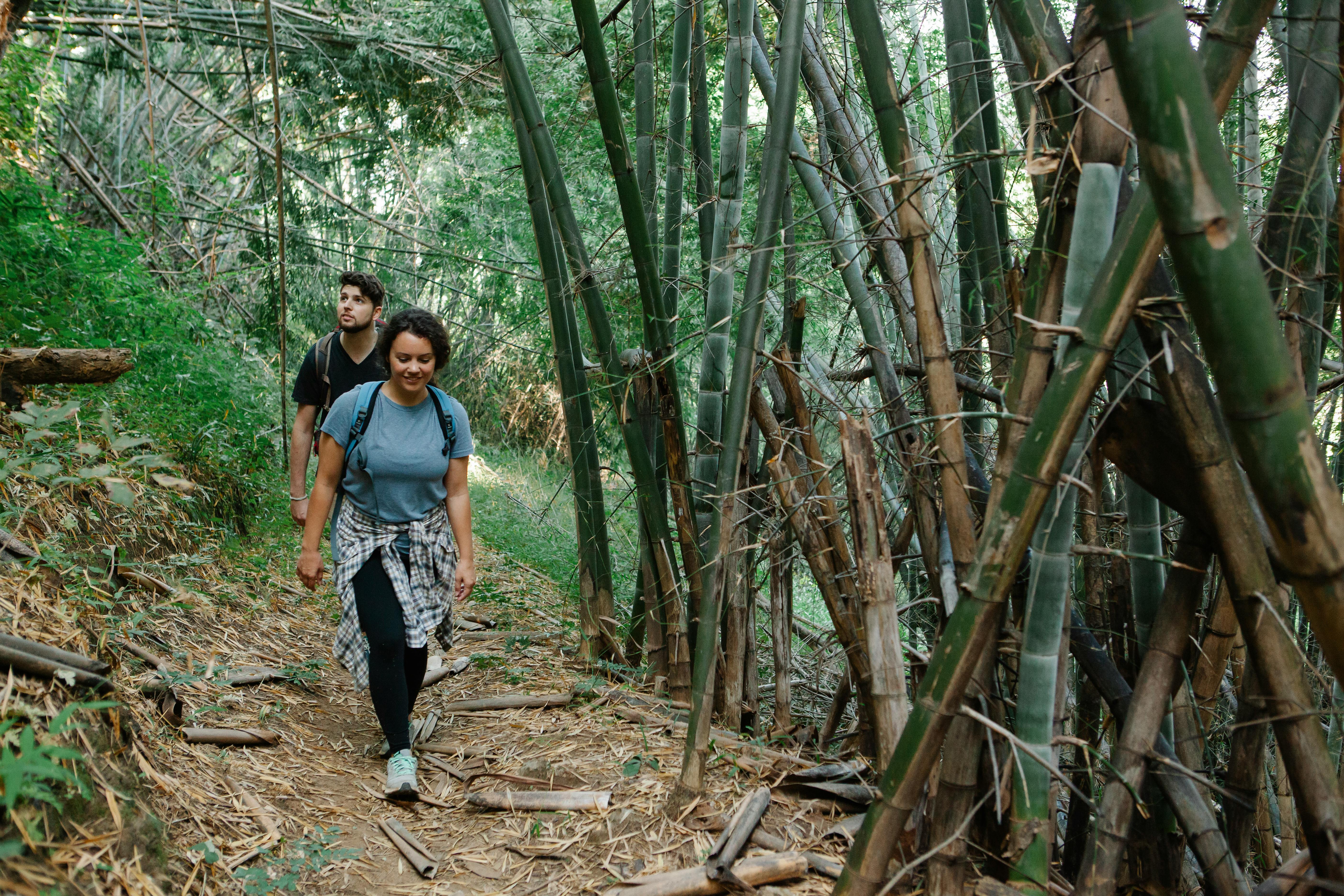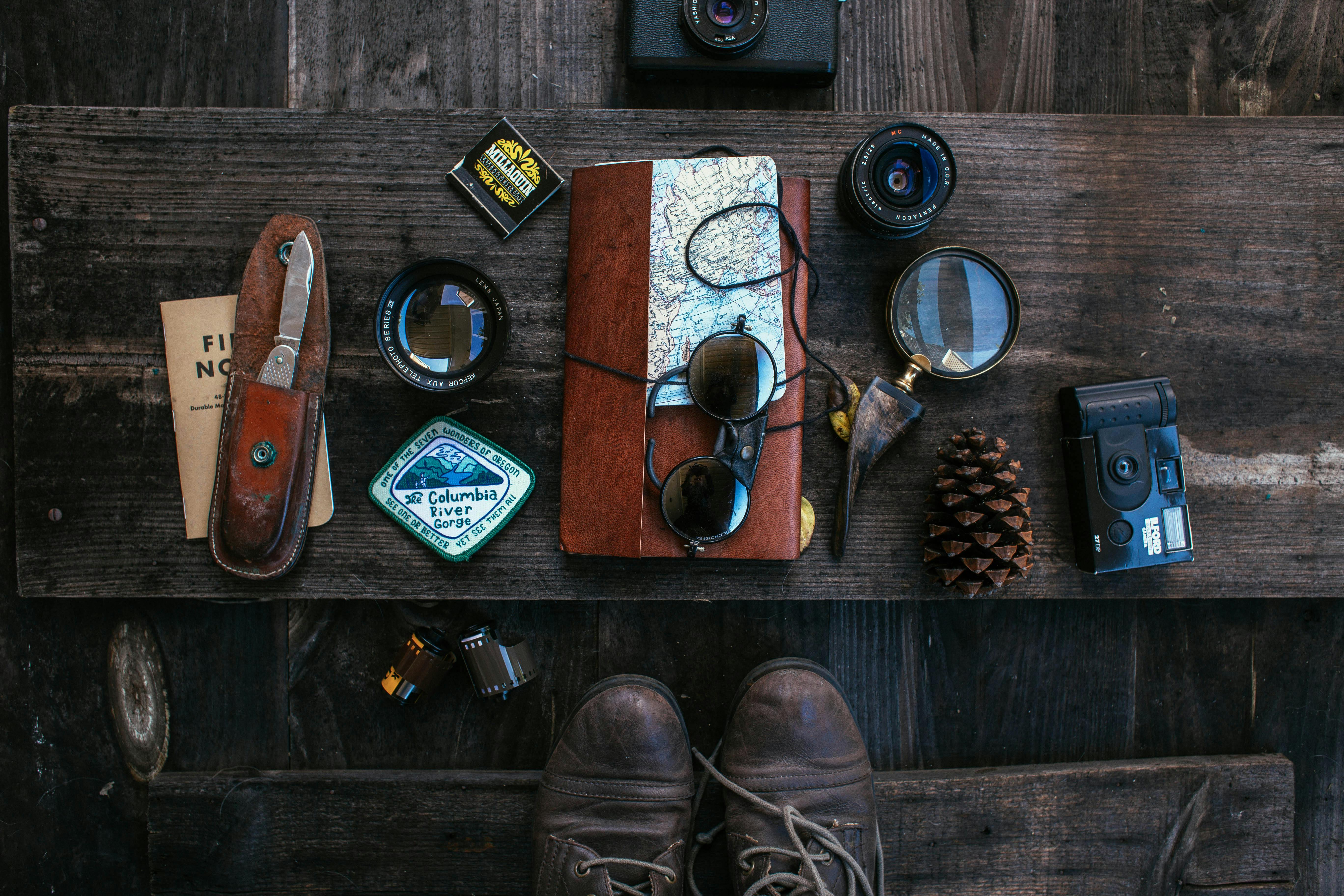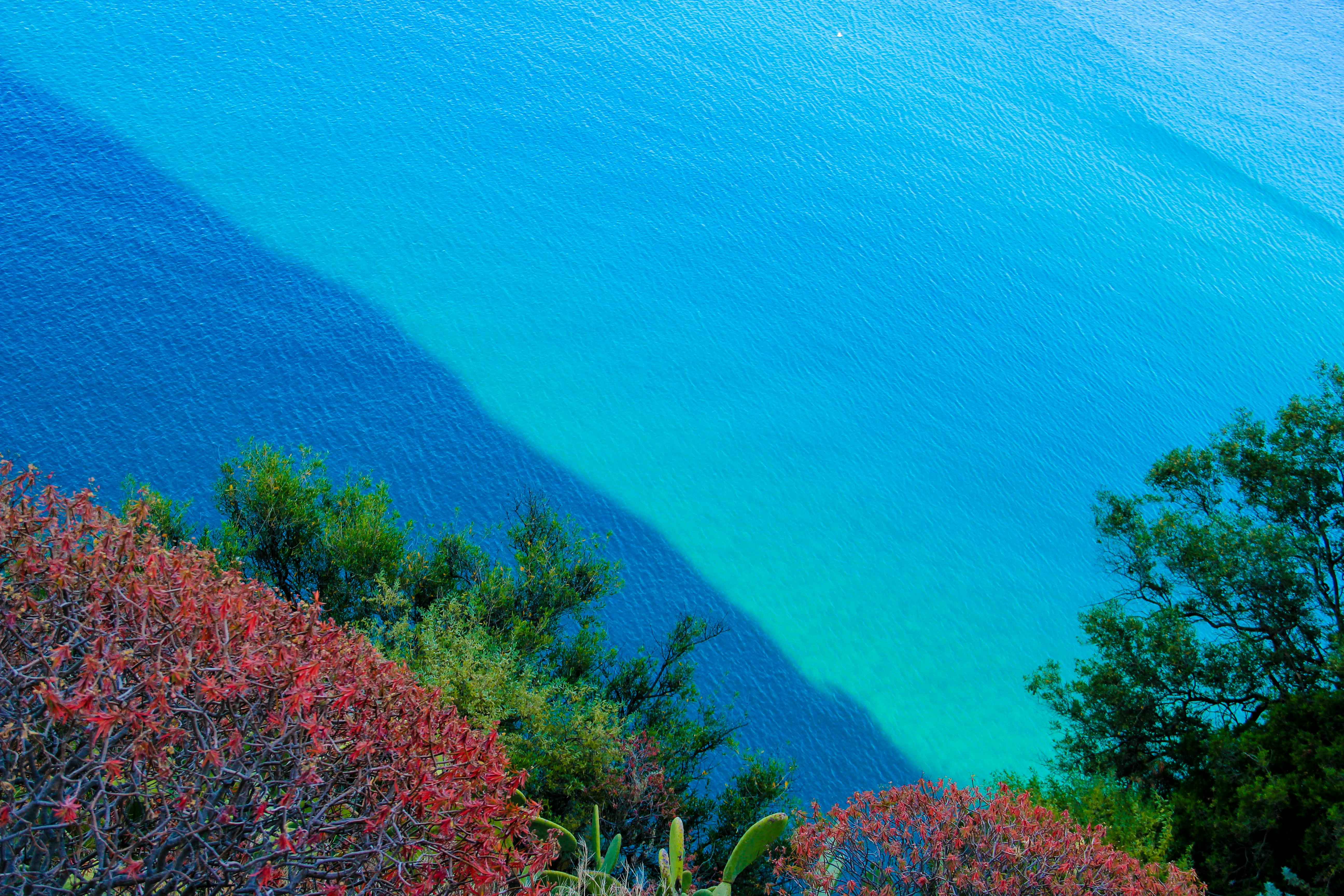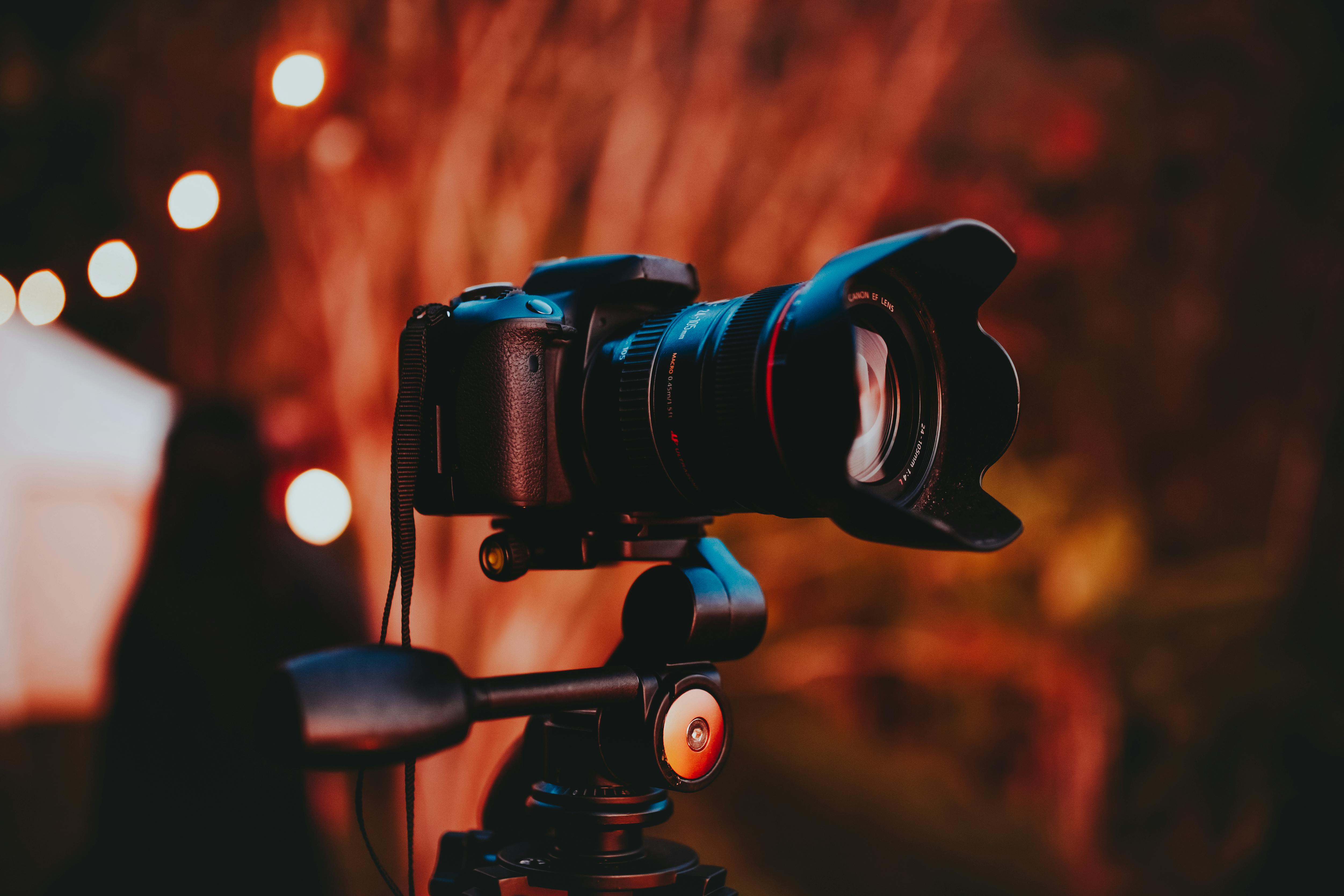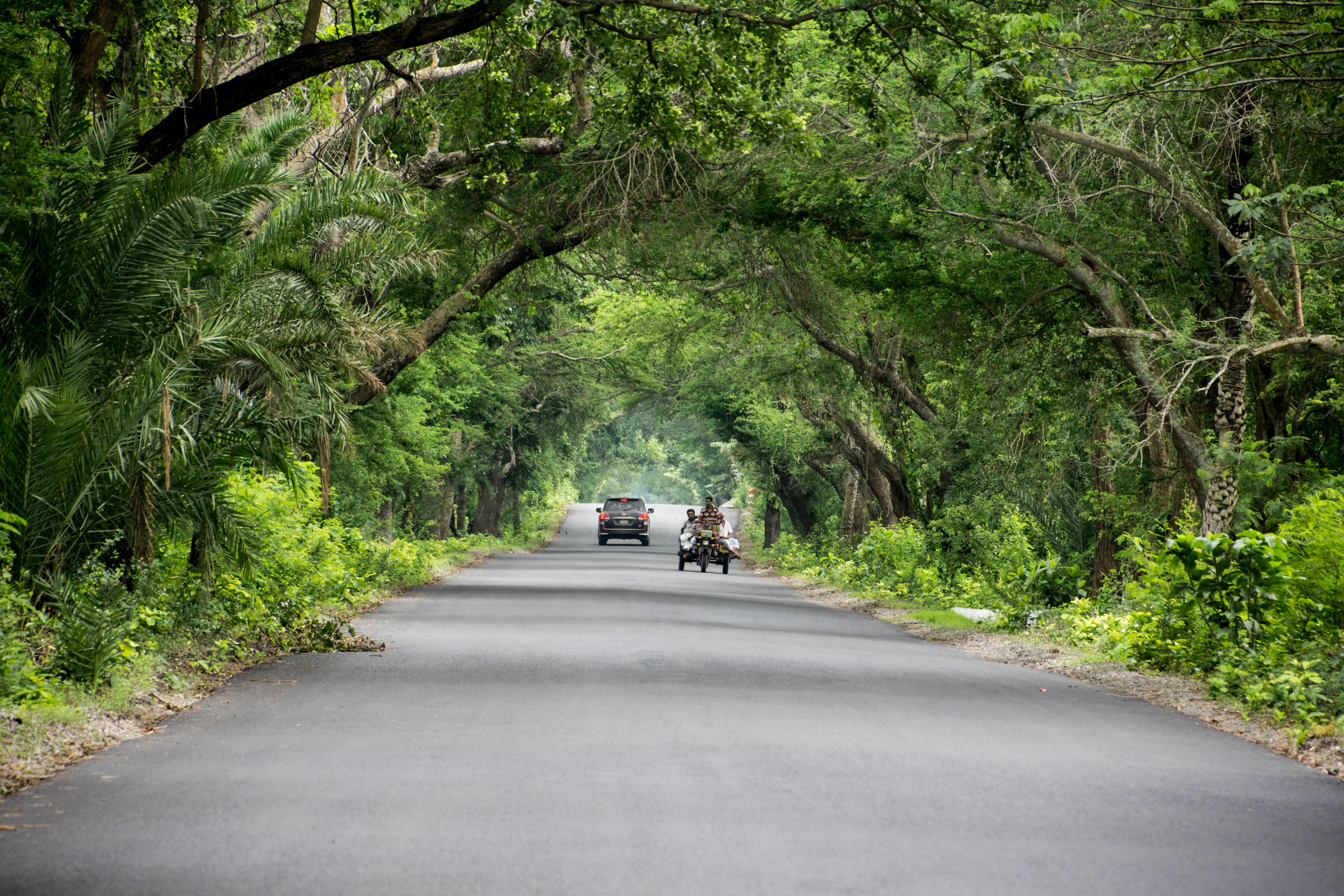
South Africa Travel Tips When Visiting Mpumalanga Province
Known as the “Place of the Rising Sun”, Mpumalanga Province in South Africa lures its visitors through its magnificent scenery, vast game reserves and captivating tribal legends. In addition to investigating the stories behind the 1870’s gold rush era, there are ample opportunities for wildlife viewing, bird watching, hiking, horseback riding and trout fishing.
Don’t miss the spectacular Kruger National Park, Blyde River Canyon, Bourke’s Lucky Potholes and God’s Window to truly appreciate the immense natural beauty of this province.
CLIMATE:
Lowveld areas experience a very hot and humid summer, with winters having pleasantly warm days and cool nights. Highveld areas experience hot summers and cold to very cold winters, sometimes with snowfall. The province enjoys a summer rain, which typically sees thunderstorms in the late afternoon. In the summer months, violent hailstorms occur with some frequency.
SHOPPING:
Malls, antique shops, craft markets and art galleries abound, as do street vendors and stalls. Good buys include fruit, Lowveld coffee and tea, local handicrafts, hand-woven rugs, carvings and leatherwork.
DESCRIPTION OF THE TEN BEST ATTRACTIONS:
highland meander
This is a nature lover’s paradise, with many different things to do, including excellent rock climbing, spectacular displays of wild flowers and some of the rare birds of the subcontinent. In this region there are also walks through the valley and the Loskop dam.
Cosmos:
The area features farms and a backdrop of open grasslands, valleys, and low-lying hills. In late summer, the meadows burst with cosmos flowers of different colors. Ideal as an excellent scenic route to destinations further east, it is also home to the Graceland Casino complex.
wetlands:
A prime site for birdwatching in southern Africa, Wakkerstroom offers birdwatchers 29 species of birds that are endemic or near-endemic to the region. The exceptional beauty of the region with its rolling hills and deep valleys and its mild climate also make it an ideal center for hikers, hang gliders, mountain bikers and fishermen.
Pilgrim’s Rest:
The entire town has been declared a national monument, a true open-air museum and a perfect replica of a mining town during the gold rush at the end of the 19th century. The original architecture of the city remains largely unchanged and is geared towards tourism, with most of the historic buildings housing shops, restaurants, craft centers, accommodation, etc.
Sabie Falls:
The Sabie area has been wounded with many waterfalls. Some of the most popular and famous waterfalls include Sabie, Horseshoe, Bridal Veil, Loan Creek, Maria Shires, Mac Mac Pools, and Mac Mac Falls.
The Lowveld:
The Lowveld offers tourists a unique African experience with its many wildlife reserves, whether privately or nationally owned. All Lowveld game species, particularly the larger animals, as well as numerous bird species can be viewed and photographed in natural surroundings.
Kruger National Park:
This famous park is one of the most popular tourist attractions in South Africa, covering a huge area, featuring 16 different ecosystems and boasting an almost pristine natural environment. Visitors can take part in many of the daily safaris to see the “Big Five” (elephant, leopard, lion, rhino, buffalo) in their natural habitat. Accommodation to suit all requirements is available both within and outside the park boundaries. You can also access the park through the eight gates open to the public. A must have for game viewing lovers.
The Panoramic Scenic Route:
This region has some of the most beautiful scenery in South Africa starting from the town of Graskop leading north along the edge of the escarpment to the Blyde River Canyon which is the third largest canyon in the world and the canyon bigger green. The immense 26km ravine is spectacular and visitors can also take a fascinating walk through the indigenous rainforest near the town.
Blyde River Canyon Nature Reserve:
This reserve covers more than 22,000 ha and is home to plants, birds and animals, including leopards, baboons, lynx, wild boar and antelope. Visitors can walk on the dam wall, which is 72m high, or take a dam cruise. There are also numerous trails for walking.
God’s Window and Bourke’s Potholes of Luck:
Another beautiful place to go and see the Panorama is God’s Window – this vantage point is perched on the edge of the escarpment and offers great views of the Lowveld 1000m below, as well as the mountains covered in rainforest, which you can explore walking. path. Bourke’s lucky potholes are deep cylindrical cavities formed by the eddying action of pebble-laden floodwaters. There are numerous hiking trails suitable for all types of visitors.

